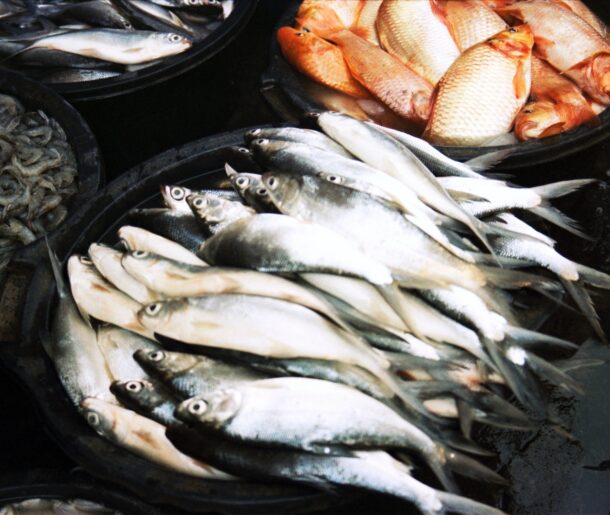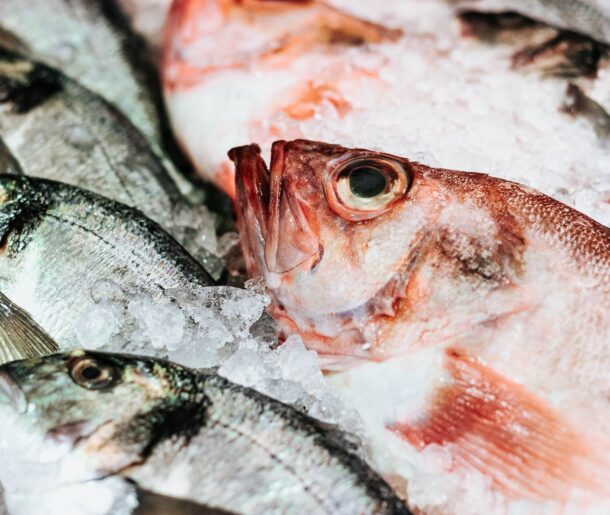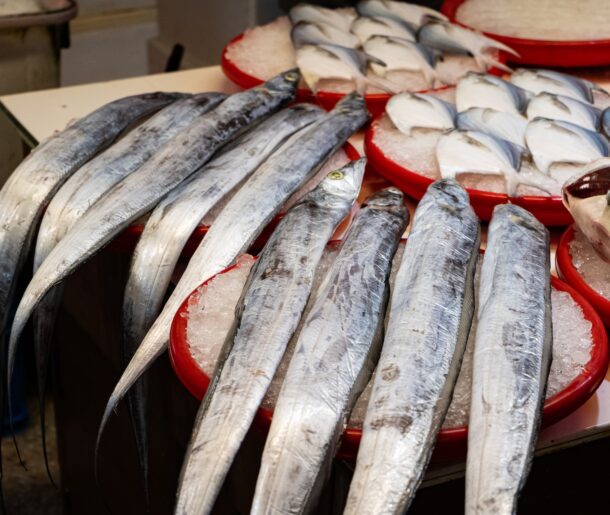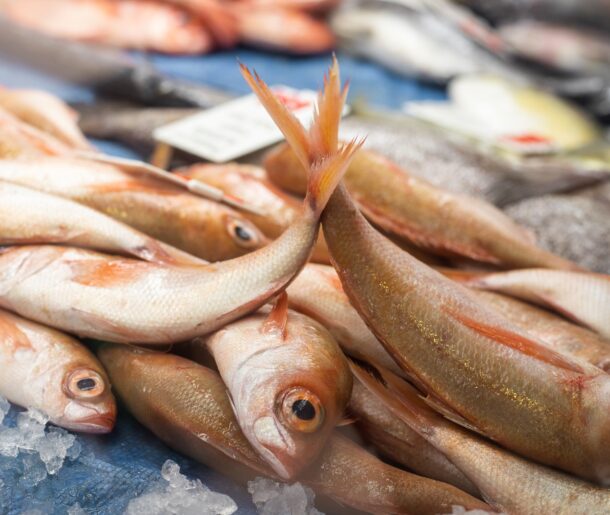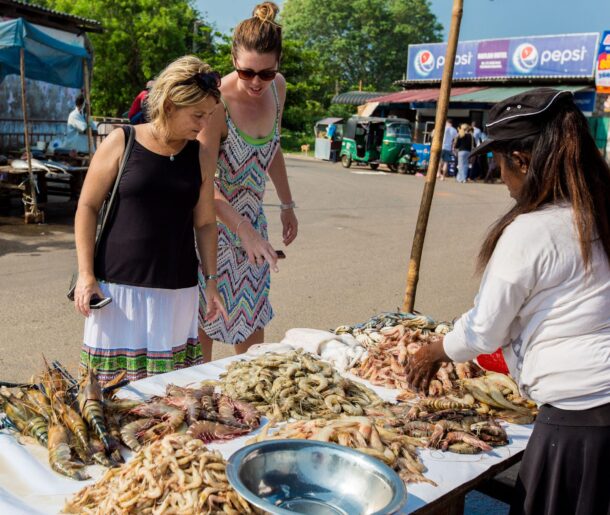Fishing Industry Sri Lanka
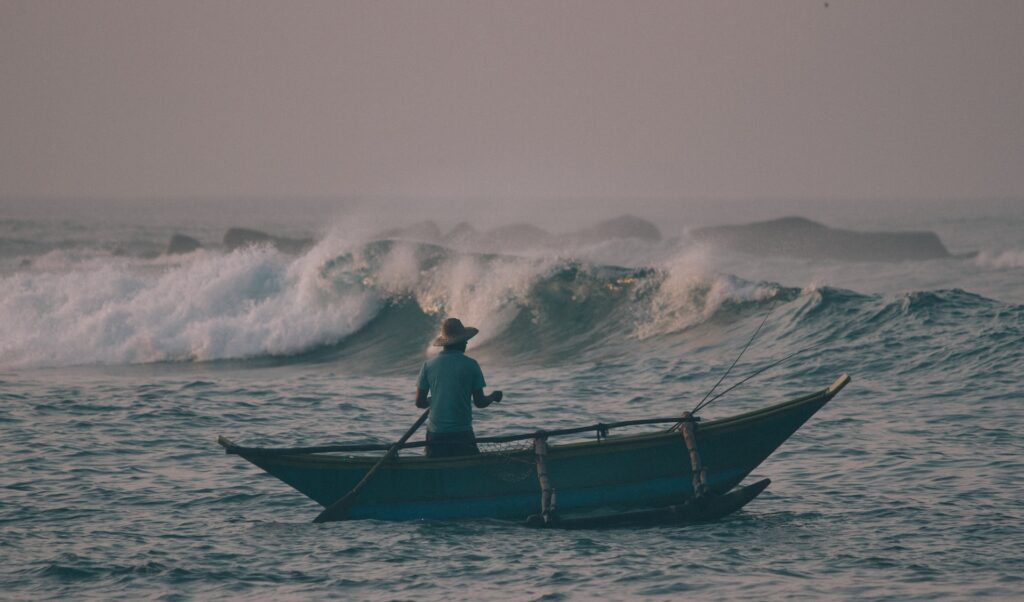
Sri Lanka is the main place for the fishing industry. It has a very big area for fishing and economic industry. Sri Lankan famous fish market is Negombo, Galle, Jaffna, and Tangalle. That for an ocean area of 500,000 square kilometers and a coastal area of 1700 km in addition to inland water bodies. Sri Lanka government is protecting this industry every day.
Fishing Industry also makes money for Sri Lanka. However, after the year 2017, we can saw big changes in the fishing industry. On May 19, 2017, the EU granted better access to the fishing market for exports under GSP +.
Total of 52 government approved fishing and processing facilities spread across the country. Then, sri Lankan fishing industry can expect a better future in exporting seafood and seafood-based products to the EU. This is spread throughout the country and it is a great honor for us.
Here are some key points about the fishing industry in Sri Lanka:
- Contribution to the Economy: The fishing industry contributes to both the domestic consumption and export earnings of Sri Lanka. Fish and fishery products are among the major exports of the country, generating foreign exchange earnings.
- Types of Fishing: Sri Lanka has a diverse range of fishing activities, including both traditional and modern methods. Traditional fishing methods include coastal and offshore fishing using small-scale boats, while modern methods involve the use of mechanized vessels and equipment for deep-sea fishing.
- Coastal Fishing: Coastal fishing is a vital component of Sri Lanka’s fishing industry. Fishermen use small-scale boats, known as “oruwas” or “catamarans,” equipped with basic fishing gear such as nets, lines, and hooks. Coastal fisheries mainly target pelagic fish species like mackerel. Also tuna and sardines.
- Deep-Sea Fishing: Deep-sea fishing is an important segment of the industry, employing mechanized vessels that can venture into deeper waters. This type of fishing targets a wide range of fish species. Also including tuna. And also swordfish and marlin. Deep-sea fishing in Sri Lanka regulated to ensure sustainable practices and prevent overfishing.
- Aquaculture: Aquaculture, particularly shrimp and prawn farming, has gained prominence in Sri Lanka’s fishing industry. Coastal areas and inland regions with suitable conditions used for shrimp and prawn cultivation. So, the development of aquaculture has contributed to increasing seafood production and reducing pressure on wild fish stocks.
- Fishing Seasons and Regulations: Sri Lanka has specific fishing seasons and regulations to manage fish stocks and protect marine resources. Authorities impose restrictions during the breeding seasons of certain fish species to allow them to reproduce and replenish their populations.
- Challenges: The fishing industry in Sri Lanka faces several challenges. Overfishing, illegal fishing practices, and the use of destructive fishing methods impact fish stocks and marine ecosystems. Climate change, including rising sea levels and changing ocean currents, also poses challenges to the industry.
- Fisheries Management: The government of Sri Lanka, through the Department of Fisheries and Aquatic Resources, is responsible for the management and regulation of the fishing industry. Efforts are being made to promote sustainable fishing practices and strengthen enforcement against illegal fishing.And also provide support to fishing communities.
- So, fish Processing and Exports: Sri Lanka has fish processing facilities that handle the catch for value addition and export. Processed fish products, including canned fish, frozen fish, and fish fillets, are exported to international markets.
- Employment and Livelihoods: The fishing industry in Sri Lanka provides employment and livelihood opportunities for thousands of people, particularly in coastal areas. Fishing is often a traditional occupation passed down through generations, and fishing communities have their unique cultural practices and traditions.
It’s important to note that the information provided is based on the knowledge available up to September 2021, and there may have been recent developments or changes in the fishing industry in Sri Lanka since then.
Sri Lankan main fish market
Jaffna Fish Market
Galle Fish Market
Tangalle Fish Market
Negombo Fish Market
Negombo Fish Market
This fish area of Negombo. This Negombo fish market is since right on the beach. Fishermen sell fresh fish and dried fish that they lay on huge nets to dry in the sun.
Jaffna Fish Market
Jaffna market is not a big. But it inside is very very busy with buyers, fishermen, auctioneers and their helpers. Who have finished shopping on the market go a little farther where on the jute string mats fishes dry in the sun.
Galle Fish Market
Galle Fish Market is next to the beach right before the Galle Fort. This market is good for a ride by in a tuk-tuk on the way. If you come to Sri Lanka when you can see the fishermen working on the market.
Tangalle Fish Market
Tangalle Fish Market is a hectic and smelly affair to watch how the fish gets sorted by type and size and fish traders buy and sell the lots.

